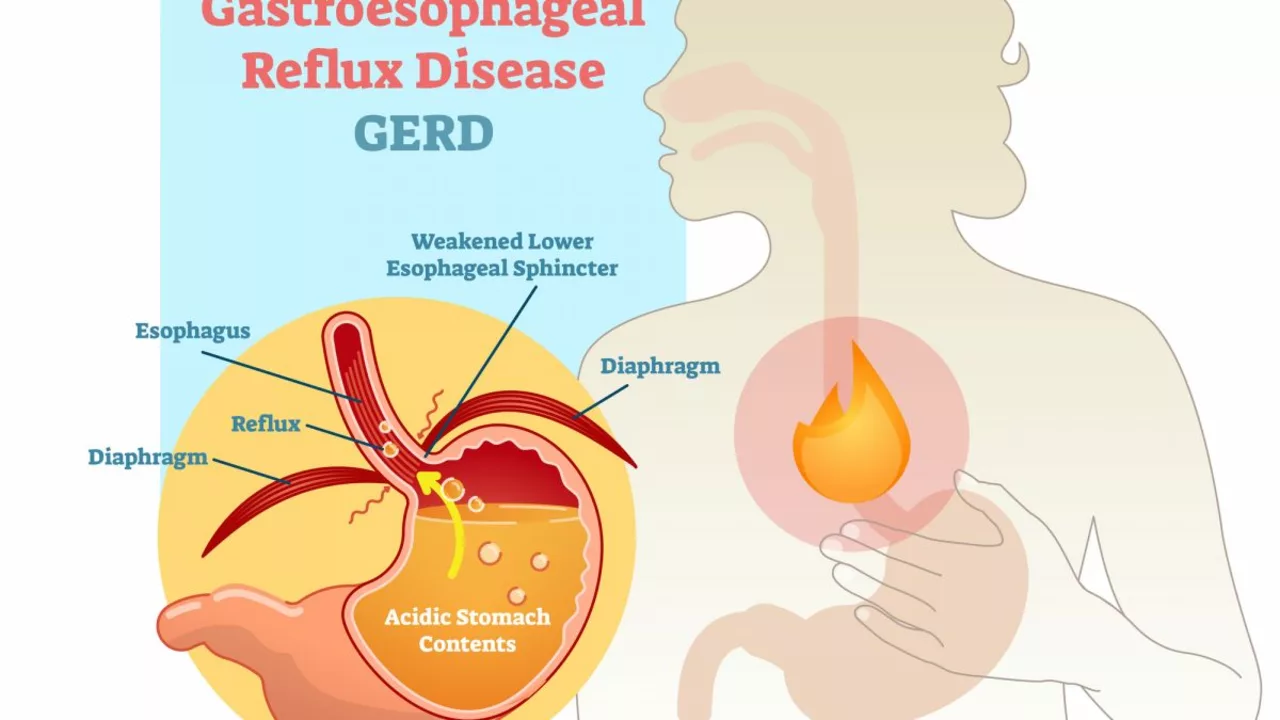Tympanites — what causes that swollen, tight belly and what to do now
Tympanites means a swollen, distended abdomen that often feels tight or drum-like. You’ve probably felt it after a heavy meal, or when trapped gas won’t pass. Sometimes it’s harmless and goes away in hours. Other times it signals something more serious, like bowel blockage, severe constipation, or fluid build-up.
If you want quick help right now, focus on easing pressure and watching for red flags. Try simple steps first, then get medical help if things don’t improve or you have worrisome symptoms.
Common causes and clues
Here are clear reasons your belly might balloon up: excess gas from swallowing air or fermenting foods; constipation that traps stool and gas; food intolerances (lactose, fructose, or high-FODMAP foods); slow gut movement (ileus); bowel obstruction; fluid in the belly (ascites); or large pelvic masses. Medicines can help or cause it — opioids and some anticholinergic drugs slow bowel motion, while NSAIDs may upset digestion. Pay attention to how fast the swelling came on and any pain, fever, vomiting, or change in bowel habits.
Quick home fixes that actually help
Try these practical moves first:
- Walk for 10–20 minutes — gentle movement helps move trapped gas.
- Lie on your left side or try knee-to-chest positions to encourage gas to move.
- Avoid carbonated drinks, gum, and hard candies that make you swallow air.
- Use over-the-counter simethicone or activated charcoal for gas relief — follow label directions.
- Try a warm compress or heating pad on the belly to relax muscles and ease cramping.
- If constipation is the issue, a mild laxative or fiber + water can help, but don’t overdo stimulant laxatives.
If symptoms are linked to meals, keep a simple food diary for a week. Note what you ate and when bloating started — patterns often point to intolerances like lactose or high-FODMAP foods.
Longer-term fixes include cutting back on beans, onions, garlic, cruciferous veggies, and artificial sweeteners if they trigger you. Try smaller meals, chew slowly, and avoid heavy fatty meals that slow digestion. A low-FODMAP plan for a short trial can reveal if that type of carbohydrate is the culprit.
If over-the-counter remedies and home care don’t help within 24–48 hours, or you have severe pain, fever, persistent vomiting, blood in stool, sudden severe swelling, or trouble breathing, seek emergency care. Your doctor may order blood tests, abdominal X-rays, ultrasound, or CT scan to find a blockage, fluid, or other cause.
Want more reading from our site? Check related guides on low-acid meals for reflux, ketorolac and GI effects, and understanding swelling (oedema) to piece together possible links between meds, diet, and abdominal symptoms.
If you’re unsure, call your doctor — it’s better to check and be safe than to wait when the belly is acting up.
Tympanites and Gastroesophageal Reflux Disease (GERD): Understanding the Link
As a blogger, I've recently been researching the link between Tympanites and Gastroesophageal Reflux Disease (GERD). I discovered that both conditions involve the digestive system and can cause discomfort, but they occur in different areas. Tympanites is the excessive presence of gas in the stomach or intestines, while GERD is a chronic disease where stomach acid frequently flows back into the esophagus. It turns out that certain factors, such as diet and stress, can contribute to the development of both conditions. In my research, I've found it crucial to understand the link between these two disorders to better manage their symptoms and improve overall digestive health.
- View More
- 17

